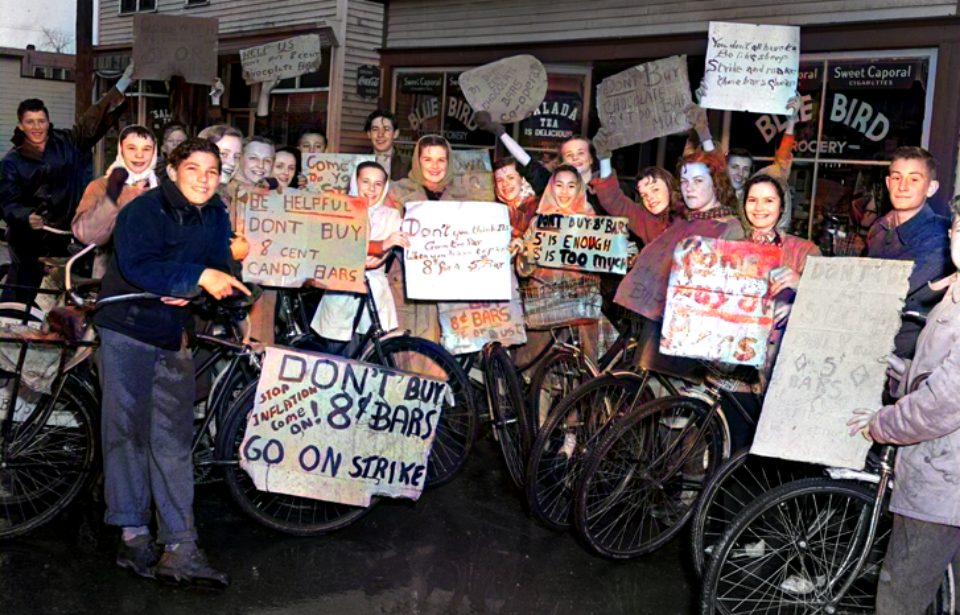People have protested a number of things over the years, but none were as iconic as the Candy Bar Protest. Known by many names, the best of which is the 5 Cent Chocolate War, it saw Canadian children take to the streets to protest the three cent price increase for the nation’s chocolate bars.
Post-war price hike
On April 25, 1947, the manufacturers of Canada’s chocolate bars upped the cost of their product from 5¢ to 8¢ – a 60 percent increase. The reason for the price hike was largely attributed to the end of government wartime subsidies, which led to a surge in the cost of milk, cocoa beans, and sugar – all of which were used in the creation of chocolate bars.
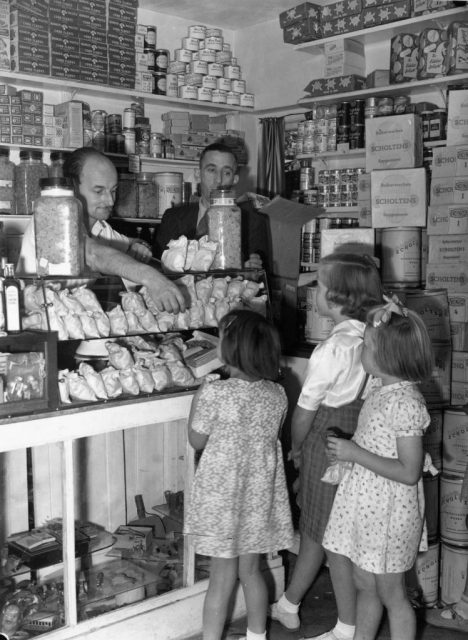
Manufacturers also cited another reason for the price hike: issues with the cocoa bean supply. They claimed a disease was attacking plants in West Africa, leading to a decrease in the number of beans available for processing.
Children launch a strike
The nation’s children immediately launched a protest against the price hike. Demonstrations began at the Wigwam Café, a confectionary store and luncheonette in Ladysmith, British Columbia. The youngsters set up shop outside, calling for a boycott on chocolate bars with the slogan, “Don’t be a sucker.”
To show they were serious, they plastered the slogan on a 1923 black McLaughlin Buick, which they followed while chanting: “We want a 5¢ chocolate bar / 8¢ is going too darn far / We want a 5¢ chocolate bar / Oh, we want a 5¢ bar.” For three days, they protested over the lunch hour, prompting coverage in local and national publications.
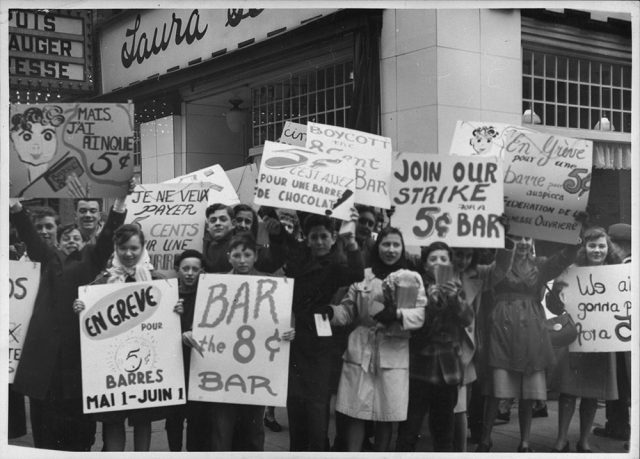
On April 29, 1947, the protests spread to nearby Victoria, where an estimated 200 children stormed the province’s legislature, shutting down business. Soon, the protests spread east, occurring in Calgary, Edmonton, Regina, Winnipeg, Ottawa, Toronto, Quebec City, Montreal and various cities in the Maritimes. At the protest in Ottawa, 60 students marched on Parliament Hill, chanting, “We’ll eat worms before we eat 8¢ chocolate bars.”
Over 3,000 children pledged to boycott chocolate bars until they returned to their original price. It’s reported this caused their sale to drop 80 percent, with Winnipeg candy stores reporting a day where they didn’t sell any. The children’s efforts were supported by adult-led community organizations, which printed protest signs, brought snacks, and stood with the young protestors.
Chocolate manufacturers fight back
On May 2, 1947, candy manufacturer Rowntree’s published an open letter in Canadian newspapers, titled “Why You Pay 8¢ for a Rowntree Chocolate Bar.” This was followed five days later by a letter from Willards Chocolates in the Toronto Star, “5¢ Chocolate Bars just aren’t possible NOW.” A representative with Moirs also appeared on CBC Radio.
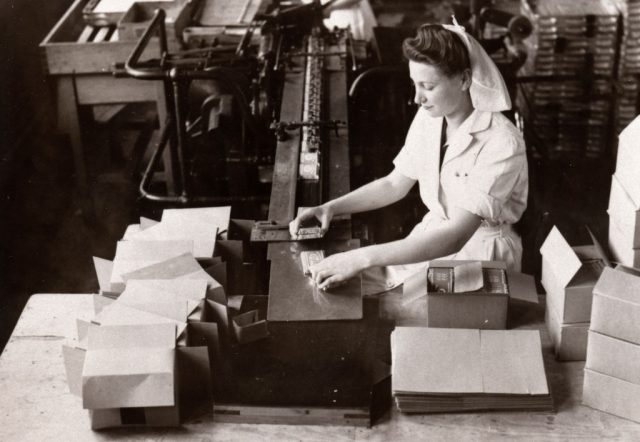
When these efforts failed to put an end to the strike, the manufacturers took a different approach, comparing the price of Canadian chocolate to that sold in the United States. Since Americans had to pay between 5¢ and 10¢ for their chocolate fix, they claimed Canadian children had it good with the 8¢ price tag.
Alleged communist ties put an end to the strike
The children’s strike swiftly came to an end after the Toronto Evening Telegram published a story with the headline, “Reds Seen Duping Youth in 8-cent Bar Campaign.” An anonymous tipster had approached the publication following the Toronto rallies, alleging the National Federation of Labour Youth, an organization that had aligned itself with the protests, was backed by communists. It even went so far as to claim the group was recruiting children to further its communist agenda.
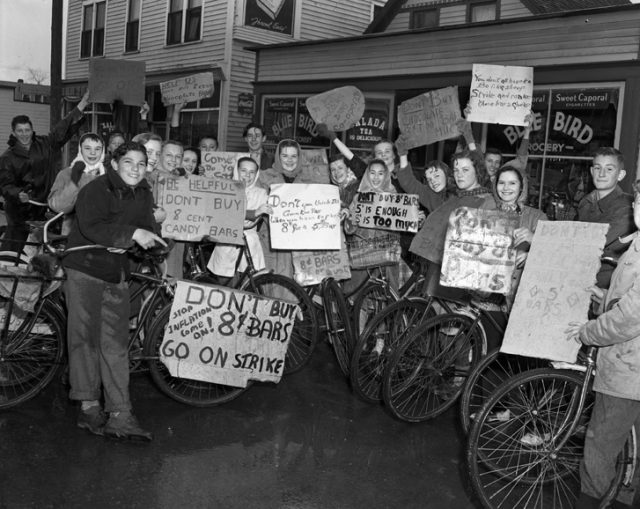
“Chocolate bars and a world revolution may seem poles apart, but to the devious, Communist mind, there is a close relationship,” the article read. “They don’t realize it, but the indignant students parading with their placards demanding a 5 cent candy bar have become another instrument in the Communist grand strategy of chaos.”
The Financial Post followed up the Toronto Evening Telegram article with their own, titled “Communists run candy bar strike, recruit young children for parade.”
More from us: The Surprisingly Violent Story of the Cabbage Patch Kids Riots
Fear of being associated with communism caused organizations and parents to drop their support for the strike. In the end, the price of chocolate bars remained at 8¢.
